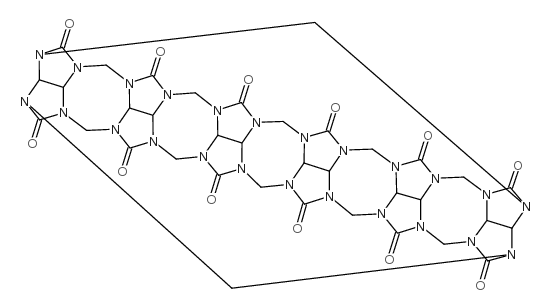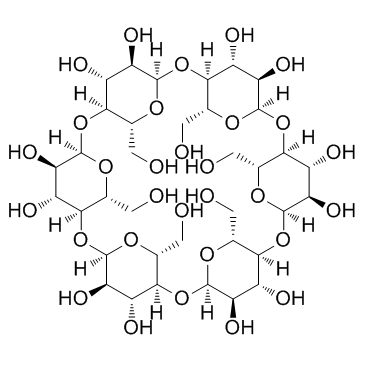| Structure | Name/CAS No. | Articles |
|---|---|---|
 |
cucurbituril
CAS:80262-44-8 |
|
 |
α-Cyclodextrin
CAS:10016-20-3 |